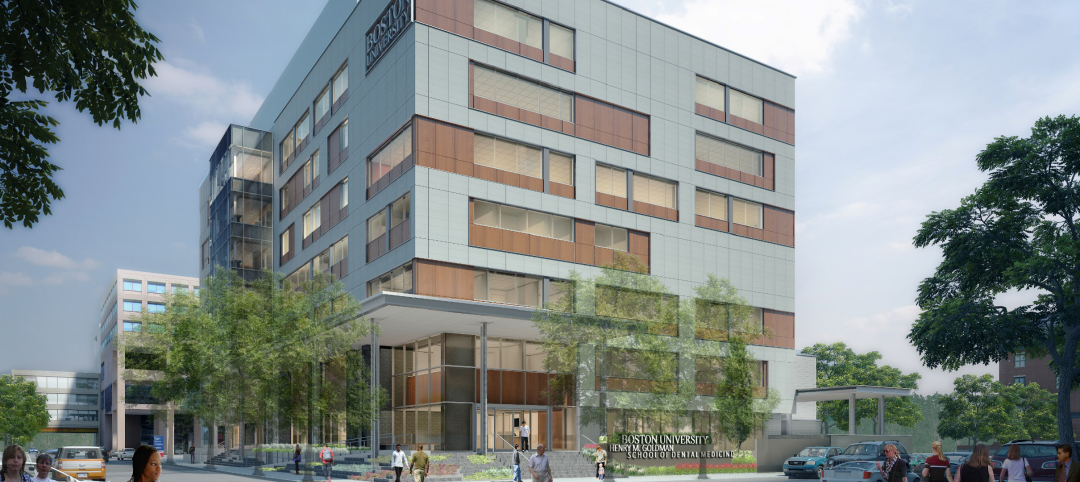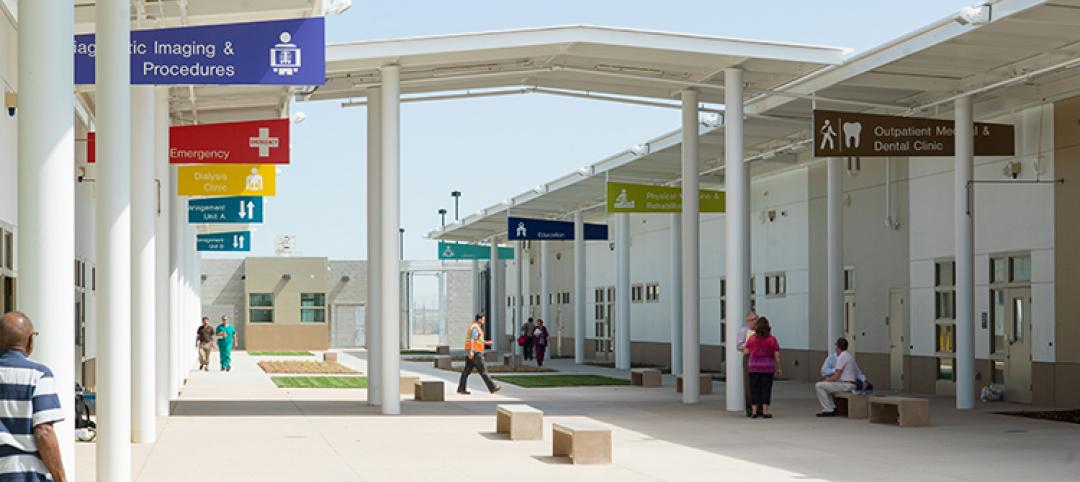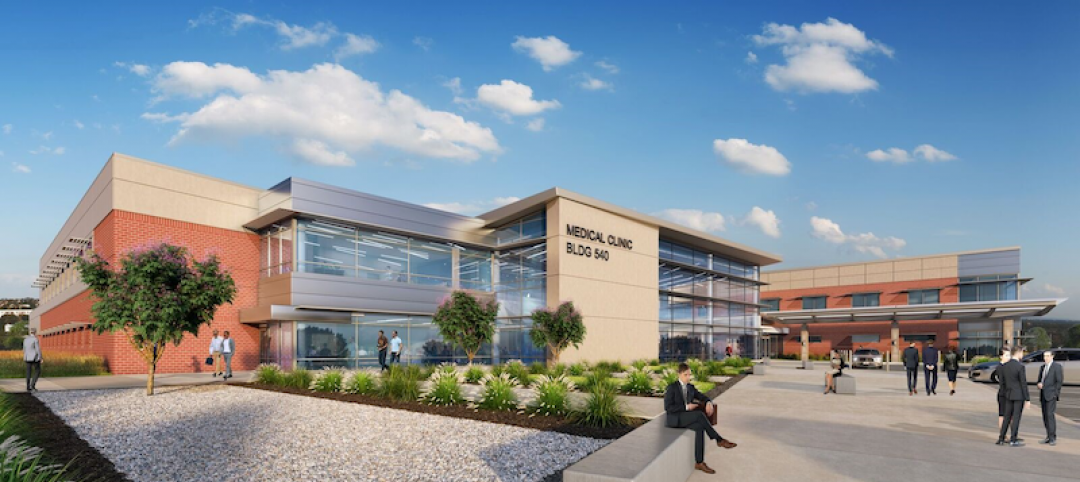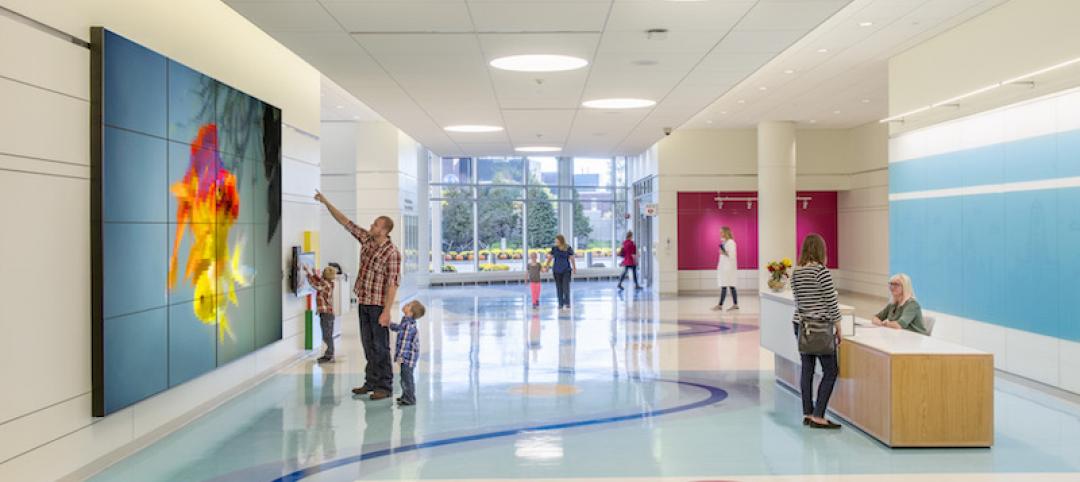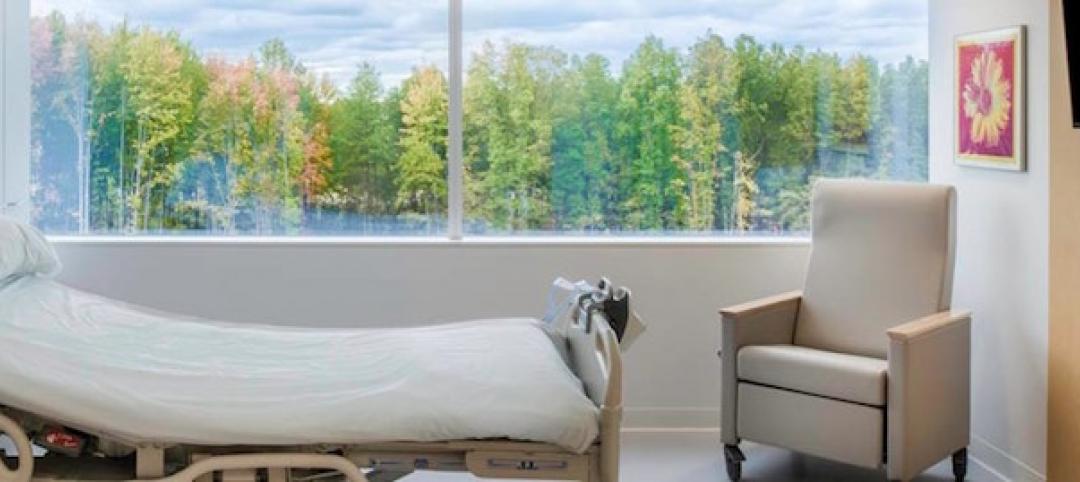The Program of All-Inclusive Care for the Elderly (PACE) is gaining momentum across the country as a cost-effective and compassionate way to support the desires of frail elders to live in their homes and communities and avoid premature nursing home placement. With 118 PACE centers in 32 states, the program is considered the gold standard of care for seniors.
A One Stop Shop
The PACE center is the heart of the program and serves as a "one stop shop" for enrollees, otherwise known as Participants, to receive care and services tailored to meet individual needs. Participants visit the PACE center as needed, up to five days per week, where they receive a majority of care and services. Additionally, transportation is provided to and from the PACE center daily or services can be provided at home to support participant independence. Care is coordinated, provided and paid for by the PACE Interdisciplinary Team (IDT) that knows each Participant’s needs and desires and tailors care and services accordingly. A typical PACE center is comprised of a fully functioning and equipped primary care clinic, adult day center and rehabilitation therapy gym. In addition, it includes find dining areas, large group activity spaces, a PT and rehab space, meditation spaces and a medical clinic capable of primary care. Participants can watch TV, play organized games, relax in one of the many quiet spaces or simply talk to one another. The IDT of nurses, social workers, dieticians, physical therapists, occupational therapists, transportation and primary care physicians is available to attend to a Participant’s needs.
Design and Planning Considerations
Averaging 18,000SF – 22,000SF, the ideal PACE facility is a single story building with a large outdoor covered portico allowing for safe all-weather loading and unloading of Participants. Corridors are approximately 8 foot wide to accommodate the above average number of wheelchairs, as well as other mobility devices, and have a minimal number of corridor bends. Participant socialization spaces are adjacent to one another to reduce walking distances and are connected via large openings rather than doors. While dependent on the population demographics, specific areas are also designed for Participants with dementia related behaviors. Each center has a kitchen for meal preparation and/or serving. Many existing centers buy ready-made meals from vendors and simply reheat in the kitchen thus saving time in preparation and potentially saving significant costs in not having to design and construct a full commercial kitchen.

The fully functioning clinic provides basic primary care to Participants only. Family members are not able to use the clinic as an Urgent Care center or equivalent. The clinic space has an average of 4-6 exam rooms that are enlarged to accommodate wheel chairs. Modular casework is preferred over custom millwork to help budget constraints as modular can offer 40% savings. Medical equipment requirements are not as intensive as an acute care hospital, again supporting the smaller modular casework concept.
For Participant activity areas, a large oven and microwave are included to allow for baking demonstrations or competitions. Several computer terminals with internet access are also available. A patio or landscaped area provides Participants the opportunity to be outdoors to relax or participate in a variety of outdoor activities.
As expected in all healthcare facilities, the safetyand security of Participants is critical. A PACE center’s safety features include an electronic access control system to prohibit wandering and elopement. Additionally, all participant spaces are equipped with a nurse call system that can alert staff in the case of an emergency. Nurse call stations are located in bathrooms, bathing and personal care areas, exam rooms and activity spaces.
In addition to Participant program spaces, each center includes meeting spaces for the IDT. In order for the 11 member IDT to plan, provide and coordinate direct care for Participants, the center must include an adequate large space for daily group meetings as well as multiple smaller work spaces. Staff and administrative work areas are typically located away from Participant program spaces. As opposed to constructing private offices, many staff work spaces are shared work stations that save space and reduce cost.
Business Fundamentals
Ideally, the PACE program will relieve hospital emergency departments of minor medical issues not warranting an ED visit and will reduce hospitalization rates by improving access to care. National research also shows Participants having reduced morbidity and mortality rates and a higher quality of life compared to those living in nursing homes. PACE also provides flexibility to families by relieving the burden of care without taking a family member away from their home. In addition to the high family satisfaction ratings, the program has very low disenrollment. Despite the recognition of the model’s success, PACE programs have grown incrementally and care for only a fraction of their potential population mainly due to CMS regulations.
Conclusion
The benefits of PACE are very apparent and the program is gaining momentum across the country. There is hope that new regulation will provide even more operational flexibility to support expansion and allow PACE programs to operate more competitively in the post-health care reform marketplace. Identifying opportunities to relieve ED volume, reduce cost, improve access and most importantly increase quality of life for our aging population is critical to solving our healthcare dilemma. PACE has proven to be a successful component and vital part of this equation.
Related Stories
Building Team Awards | May 17, 2018
Patient priorities: Cleveland Clinic Taussig Cancer Center
Gold Award: Cleveland Clinic’s new cancer center is a transparent, collaborative hub for improved patient experiences and enhanced communication with caregivers.
Healthcare Facilities | May 7, 2018
Gulf Coast Medical Center to receive 365,700-sf extension and 48,500-sf renovation
HKS is designing the project and Skanska USA will build it.
Healthcare Facilities | Apr 30, 2018
Child-specific mental health center features design elements to support healing
CannonDesign designed the project.
Contractors | Apr 26, 2018
At Boston University’s dental school, ‘under construction’ won’t mean ‘closed for business’
A major renovation and addition are scheduled to minimize operational disruption.
Healthcare Facilities | Apr 24, 2018
The ins and outs of inmate healthcare
Research has shown that inmates are getting older and sicker.
Healthcare Facilities | Apr 20, 2018
Revamping pharmacies for public safety and compliance
Released in February 2016, the latest standards of the United States Pharmacopeia’s Chapter 800 Pharmaceutical Compounding—Sterile Preparations builds on earlier regulations set forth by USP 797.
Healthcare Facilities | Apr 16, 2018
JE Dunn Construction and Hoefer Wysocki Architects selected for Sheppard Air Force Base Medical/Dental Clinic design-build contract
The project is targeting LEED Silver certification.
Healthcare Facilities | Mar 28, 2018
Sound health: How tranquility rooms can heal caregivers
Sound can also be healing. It promotes a culture of quietness and enhances environments, not just for patients but also for caretakers.
Healthcare Facilities | Mar 19, 2018
New York’s only freestanding pediatric health facility completed on the Buffalo Niagara Medical Campus
Shepley Bulfinch designed the project.
Healthcare Facilities | Mar 5, 2018
Four tips for designing the hospital of the future
What exactly is the hospital of future? Or more specifically, what is the future of healthcare design?






